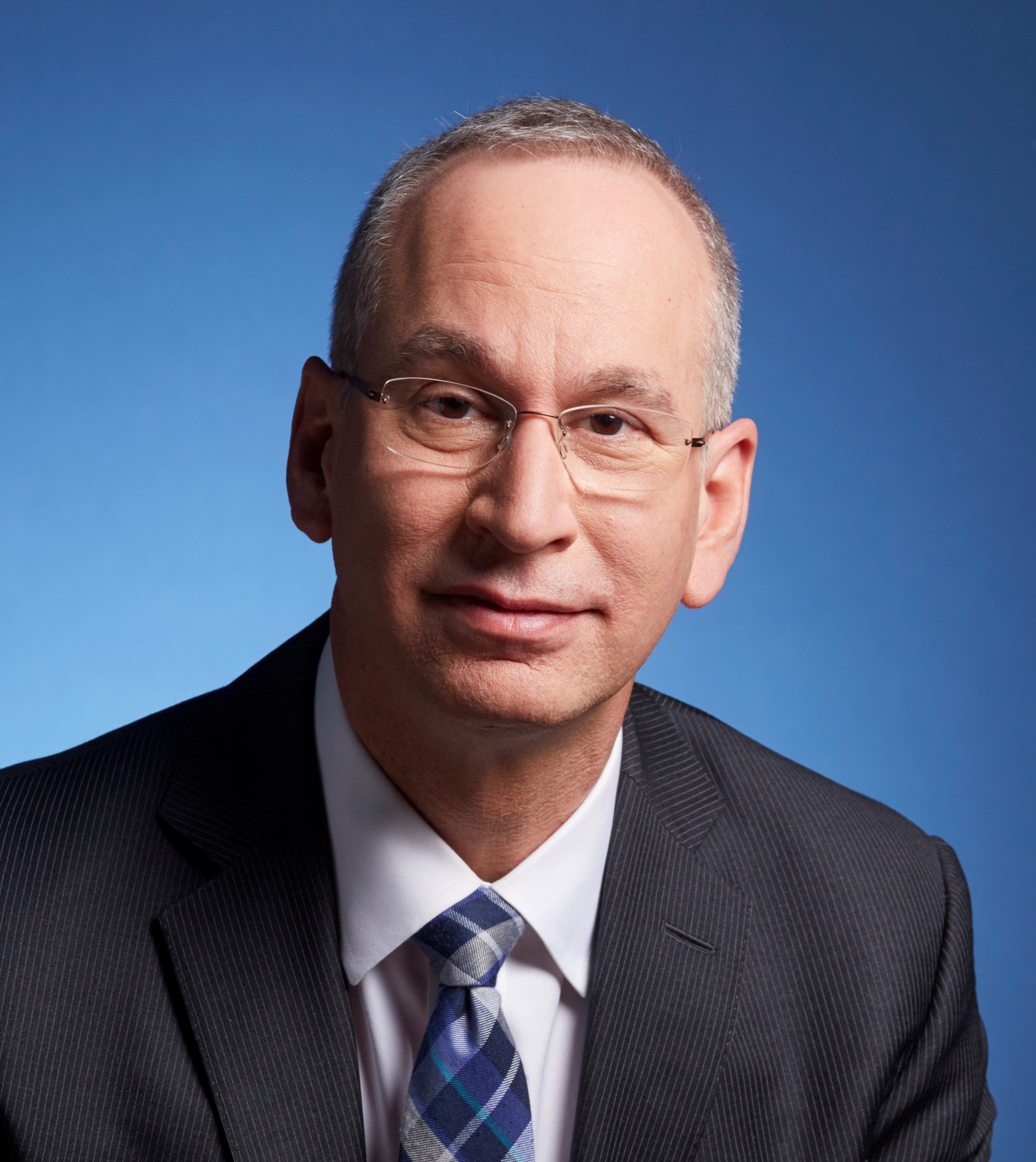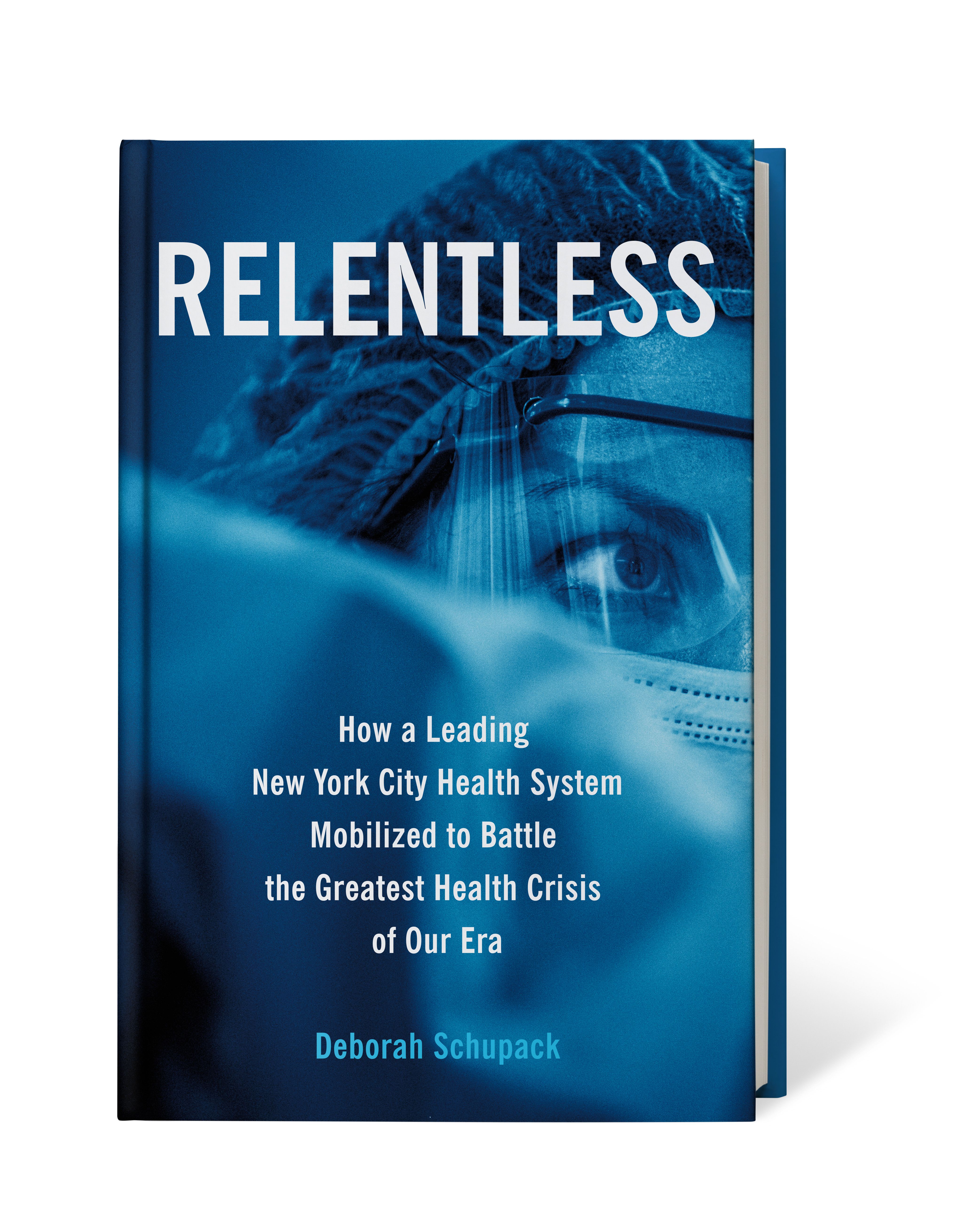‘A war-like setting’: David Reich of Mount Sinai describes battling COVID-19
In an interview with Chief Healthcare Executive, he recalls the arrival of the coronavirus and the lessons that can be applied to future emergencies.
David Reich vividly recalls the moment the world was about to change.
David Reich, president of The Mount Sinai Hospital & Mount Sinai Queens

On Feb. 29, 2020, Reich, president of The Mount Sinai Hospital & Mount Sinai Queens, was having dinner with friends from the Iranian community. They were discussing plans for a festival in the spring, and he received a phone call about the first positive COVID-19 test in New York state.
Reich told his friends, “We may need to rethink your planning for the event.”
New York City quickly became ground zero for the coronavirus pandemic, and Reich and Mount Sinai were on the front lines.
Two years later, those harrowing days have been chronicled in a book by journalist Deborah Schupack (“Relentless: How a Leading New York City Health System Mobilized to Battle the Greatest Health Crisis of Our Era.”).
Reich spoke with Chief Healthcare Executive about Mount Sinai’s early battles with COVID-19, subsequent waves of patients, and lessons learned from the pandemic which may probably be very relevant in the future.
Before the first COVID-19 patients arrived in the Mount Sinai system, Reich said they were talking to colleagues in Italy who had already been treating coronavirus patients. They knew they would have to quickly increase ICU capacity.
“I think the preparation phase was the first part before the patients started coming,” he said. (The story continues after the video.)
Creating a playbook
Within days, patients began arriving at Mount Sinai. The hospital became filled with COVID-19 patients very quickly. “We were running out of beds by March 31,” he said.
“We were starting to create a playbook,” he said.
Mount Sinai opened the tent hospital in Central Park, with assistance from volunteers. “It was almost like a war-like setting,” he said.
“When it got to be really challenging, as the patients started coming and coming, a lot of that had to be managed locally.”
In the flood of patients with this new and deadly disease, Reich said a key to helping Mount Sinai weather the initial storm were daily meetings with staff, dubbed “daily huddles.”
“It was only through daily huddles we could come up with a plan for the day,” Reich said.
The meetings gave everyone a chance to develop plans to treat patients, identify needs, and provide a sense of structure in a turbulent time.
“It was a crazy, crazy time,” Reich said. “But the structure is what kept us going.”
“That was the secret sauce that kept us all focused and operational,” he said.
Journalist Deborah Schupack chronicled Mount Sinai's battle with COVID-19 in the new book, “Relentless: How a Leading New York City Health System Mobilized to Battle the Greatest Health Crisis of Our Era.”

Mount Sinai received transfers from all over New York City, and the system faced the added challenge of treating COVID-19 patients who spoke dozens of different languages. “Queens County is one of the most diverse places on earth if you measure it by the number of languages spoken,” Reich said.
Compounding the challenge: The hospital wasn’t allowing visitors during the early days of the pandemic.
“We employed a lot of translation services,” he said. “But more importantly, our staff showed their caring and empathy just by treating these patients like they were their own family members.”
In some cases, staff stood in for family members in a patient’s final moments, helping them talk to loved ones on the phone one last time. Reich described it as “heartbreaking,” but also, even in the profound sadness, “beautiful.”
Managing the stress
For weeks in the spring of 2020, Mount Sinai staff were almost living at the hospitals.
“All of us understood this was a marathon, not a sprint,” Reich said. “ We supported each other, relieved one another.”
“We sort of gave up our personal lives for about six of seven weeks, and it only gradually came back after that.”
In the early days, Reich said there was tremendous energy and desire to rise to the challenge.
“Early on, it felt like everyone was volunteering in a massive disaster effort, which it really was, and there was a spirit of ‘We can get it done,’” he said. “So there was a lot of energy.”
But as Reich said, “the stress started to accrue.”
Mount Sinai established “recharge rooms,” where staff could get a break.
Dennis Charney, dean of Mount Sinai’s medical school, made services of the psychiatry department and others devoted to wellness to monitor and support the staff. Reich said that was a crucial contribution to support the resilience of the staff.
The Omicron wave
While nothing compares to the frightful early weeks of the pandemic, Reich said the wave of patients with the Omicron variant this winter challenged the system yet again.
“So many of us, myself included, got the Omicron variant, and were ill and out for several days,” Reich said.
“So many were ill between the middle of December and the early part of January, it was really challenging,” he said. “And it wasn’t just nurses or doctors. It was housekeeping, food services, laboratory technicians, and transportation.”
“Everything we did just got so difficult because there were too few people.’
On the upside, hospitals had treatments for COVID-19 when the Omicron variant hit. The mortality rate with Omicron, though considerable, wasn’t as high as the early part of the pandemic, Reich said.
While he wasn’t worried about Mount Sinai becoming overwhelmed, Reich said they were worried about the staffing shortages as people were arriving for other health needs and needed heart surgery or other procedures. “That was the challenge in the face of significant short staffing,” he said.
The staffing issues, along with record COVID-19 hospitalizations and people with other health conditions, took a toll on staff.
“The stress and to some extent, post-traumatic stress disorder, and some general burnout from two years of the pandemic, made it very difficult for people,” he said.
Breakthroughs and lessons
In the pandemic, Mount Sinai doctors and staff proved to be nimble and creative.
Doctors at Mount Sinai noted many COVID-19 patients “were seeing a lot of clotting problems.” Working very quickly in early April 2020, Mount Sinai developed a protocol to use blood-thinning drugs to prevent clotting. Other hospitals adopted this treatment.
“This has borne out to be a mainstay of in-hospital therapy for COVID patients,” Reich said.
When asked for other lessons learned, Reich said, “We could have been better prepared to redeploy staff to other campuses.”
Reich said the hospitals did better in supporting each other through the pandemic. But with the benefit of hindsight, the deployment of staff to hospitals that were reeling could have happened more quickly.
“In our other hospitals, there was a difference in mortality because they were overwhelmed,” Reich said.
“Pandemics throughout history unfairly attack the poor that live in more crowded conditions,” he said. “It could have led us to be more prepared to manage what was going on in Brooklyn and Queens in our hospitals there.”
Going forward, Reich said he hopes hospitals and health systems work with local and state health agencies to identify emerging threats.
As an anesthesiologist, Reich said, “We love the word ‘vigilance.”
“As healthcare organizations, we have to work with public health authorities and maintain a level of vigilance,” he said, adding that he would like to see “a more robust system of monitoring so we can see what’s on the horizon.”
Reich also touted the value of reviewing the experiences during the pandemic to understand strengths and areas to improve.
“You can always be better prepared. I think the important thing to do is to look at where things didn’t go as well,” he said.
It’s also important to be cognizant of what has happened to people during the pandemic, beyond the physical effects of COVID-19. Many are struggling with mental illness, behavioral health issues, and substance abuse issues that have been exacerbated by the pandemic.
Reich made a case for maintaining the ability to do mass testing of COVID-19.
“We have the capacity to do thousands of COVID tests a day,” he said. “For the time being, it would make sense to maintain some of that testing effort, because none of us had even heard of Omicron by Nov. 15. And on December 15, we were overwhelmed by it.”
With the publication of the book documenting the experiences at Mount Sinai, Reich said he was grateful that he also started writing down his thoughts about dealing with the coronavirus in May 2020.
“I was pushed in a good way by one of my mentors to write down my recollections of what was happening,” he said. “It creates a body of knowledge and a memory of a time that will fade.”
“This effort to document what happened and how it happened can be a great lesson for us in going forward and hardening ourselves against challenges we will face in the future, and there are always challenges.”
Telehealth faces a looming deadline in Washington | Healthy Bottom Line podcast
February 12th 2025Once again, the clock is ticking on waivers for telemedicine and hospital-at-home programs. Kyle Zebley of the American Telemedicine Association talks about the push on Congress and the White House.